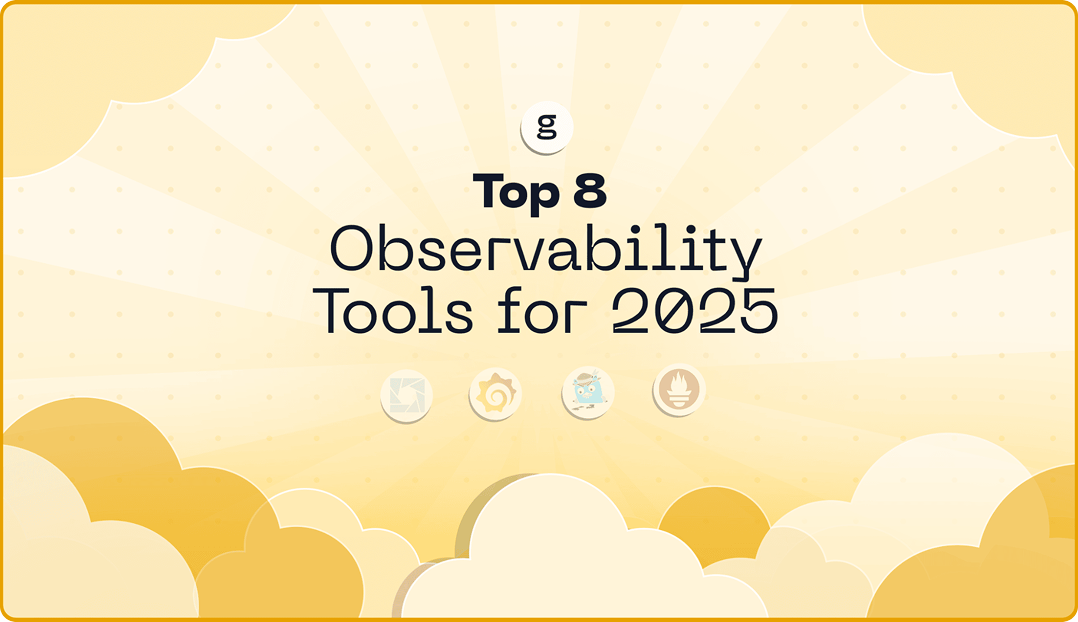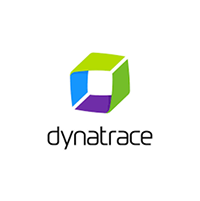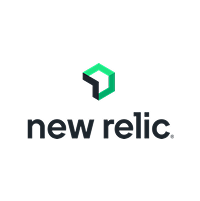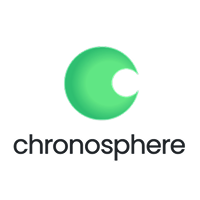Grafana Cloud vs. Chronosphere
Compare Grafana Cloud vs. Chronosphere for Observability. We want you to choose the most suitable tool for your use case, even if it’s not us.
As cloud-native environments continue to grow in complexity, observability has become essential for ensuring the reliability, performance, and scalability of modern applications. From monitoring infrastructure health, enabling deep visibility into distributed systems, or getting real-time insights into reasoning paths, token usage of LLM Agentic applications. However, traditional vendors sliced visibility into separate products (APM, Log Management, Infrastructure Monitoring, LLM Observability) and priced them in ways that forced tradeoffs making it important for team to choosing the right observability platform is critical to operational success.
The right choice depends on your priorities: cost, control, scale, and flexibility. In the following sections, we’ll compare both platforms to help you determine which best fits your needs, even if the answer isn’t us.
Grafana Cloud vs. Chronosphere at a glance
Grafana Cloud vs. Chronosphere at a glance
Grafana Cloud vs. Chronosphere at a glance
Grafana Cloud overview
Grafana Cloud is a fully managed observability platform that brings together metrics, logs, and traces using open-source projects such as Grafana, Prometheus, Loki, Tempo, and Mimir. It provides dashboards, alerting, and analytics in a single hosted service, removing the need for teams to deploy and manage their own observability stack. The platform supports infrastructure, application, and Kubernetes monitoring, with prebuilt dashboards and integrations for more than 100 external data sources. Additional capabilities include performance testing with Grafana k6, incident management with Grafana Incident and Grafana OnCall, and AI-powered features like anomaly detection and metric forecasting. Grafana Cloud is used by teams that want to standardize on open-source observability tools while offloading the operational overhead of running them at scale.
Chronosphere overview
Chronosphere is a cloud-native observability platform built to help engineering teams manage the scale, complexity, and cost of modern applications. It provides visibility across infrastructure, applications, and business metrics, giving DevOps and SRE teams the ability to detect and resolve issues before they impact users. By centralizing telemetry data and offering tools like Chronosphere Lens, it helps organizations reduce noise, improve reliability, and boost developer productivity.
Purpose-built for the demands of cloud-native environments, Chronosphere helps customers lower the cost of ingesting telemetry by giving user access to smart tools to optimize which data they keep and where they store it. Fluent Bit–based telemetry pipeline, and focus on flexibility help teams control data growth without sacrificing insight.






















.svg)